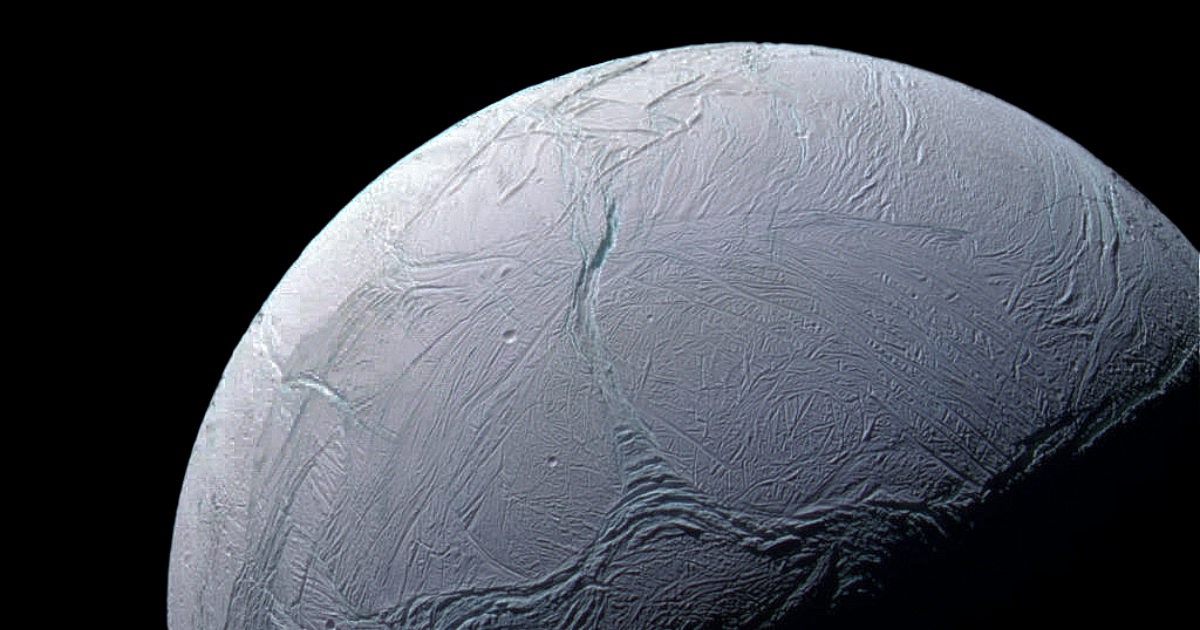Tianwen-2 launched in late May this year to conduct an asteroid sample return mission and then head to a main-belt comet. Further confirmed missions include Tianwen-3, the world’s first Mars sample return attempt, which is scheduled to launch in late 2028 and has a focus on signs of life, as well as Tianwen-4, launching around 2029 for Jupiter and its moon Callisto. These missions will further build capabilities needed to operate even farther from Earth, setting the stage for missions farther into the outer Solar System. This includes a potential Neptune orbiter mission with a keen interest in Triton’s subsurface ocean and the proposed voyage to Enceladus.
A series of other proposed missions further emphasizes habitability. Last year, China released a long-term road map for space science and exploration that includes a mission to collect samples of the Venusian atmosphere and return them to Earth, scheduled for the 2030s. Meanwhile, the country is developing an exoplanet-hunting observatory to hunt for “Earth 2.0,” which could launch as soon as 2028.
Enceladus challenges and solutions
Executing a mission to the Saturn system would present new challenges and technological hurdles for China. These include developing advanced payload systems, designing complex trajectories, addressing power supply limitations, and, given the distances and light-time delay involved, achieving highly autonomous operation.
While Enceladus’ south pole offers relatively easier access to the moon’s subsurface ocean than other parts of the moon, the challenges of kilometer-scale ice and extreme cold of around -180 degrees Celsius (-290 degrees Fahrenheit) remain. For this, they propose a hybrid laser and thermal drilling system, with the former used to avoid any ice rapidly evaporating and damaging the spacecraft, and the latter harnessing waste heat from a compact nuclear fission reactor to melt the ice. This approach avoids the mechanical wear and tear of traditional drilling and the need to deal with debris.
During the drilling process, the probe would conduct continuous in-situ sensing of the physical and chemical environment with an eye on biogenic potential and resource availability. It would look for signs of carbon, hydrogen, oxygen, nitrogen, phosphorus, and sulfur — the six chemical elements that form most of the essential building blocks of life as we know it — using mass spectrometry and spectroscopy. Teasing out any signs of life in this data, if present, would be a difficult task that the mission would have to carefully design for later on in development.
The team proposes using small modular nuclear reactors or radioisotope thermoelectric generators to power the mission, as Saturn is too distant for a spacecraft to rely effectively on solar power. The spacecraft would also need energy-efficient transfer trajectories for the journey to Saturn, stable orbital designs, and precisely executed trajectories to achieve science objectives such as flying through Enceladus’ plumes. While we might take this for granted, having seen Cassini and Juno make complex tours of Jupiter and Saturn, these deep-space maneuvers at great distances would be somewhat new for China, though it has already demonstrated serious expertise in this arena.
To navigate deep under the ice, the drilling robot would use inertial navigation systems such as accelerometers and gyroscopes, simultaneous localization and mapping systems such as cameras and LIDAR, or acoustic positioning using lander-based pings. The Enceladus Explorer (EnEx) mission concept developed by the German Aerospace Center (DLR) proposed similar navigation systems for its own tethered melting probe to travel through the thick ice.
